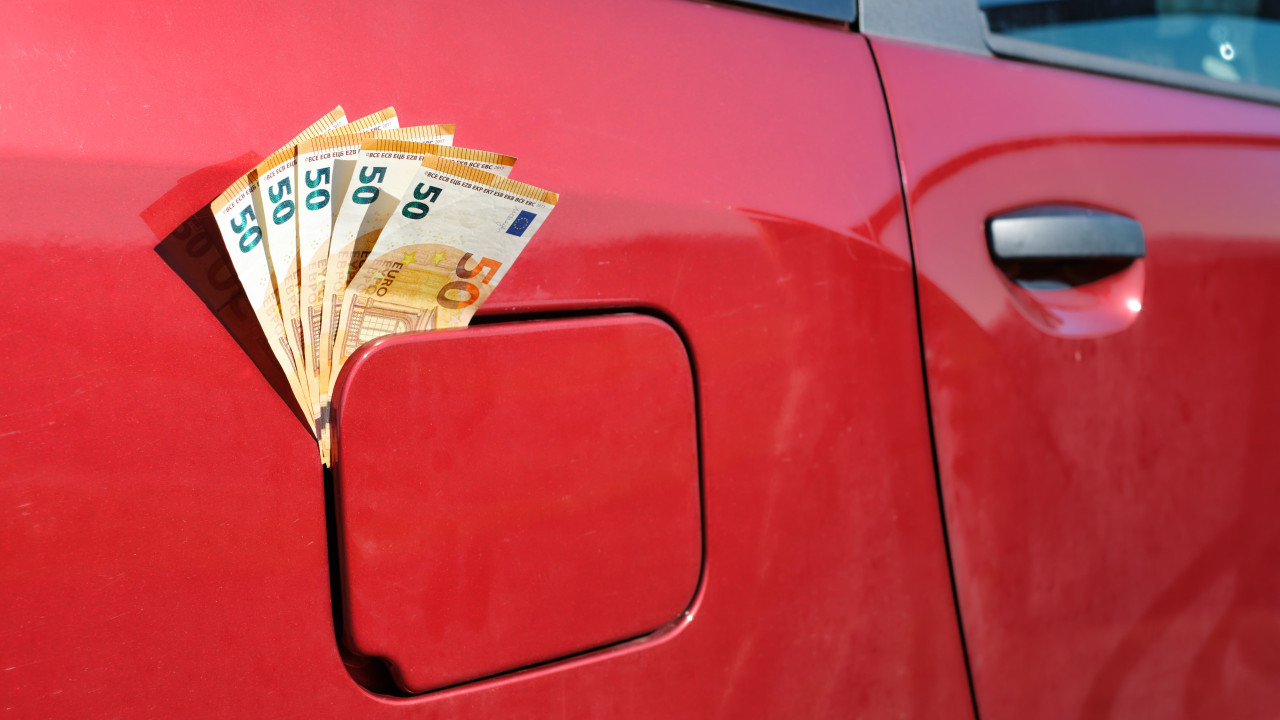a The fuel tax burden is approaching record values for 2022 and the government has announced a new ISP cut, but Deco Protest considers this measure to be temporary, does not solve the fundamental problem and is therefore “insufficient”. According to the organization’s calculations, about 44% of the price paid for each liter of diesel corresponds to taxes, and for gasoline this percentage rises to 51%..
“Although the total ISP rebate is now around 15 cents per liter on diesel, and 16 cents per liter on petrol, since the start of the year, there has actually been an increase in the carbon tax of 7 cents per liter on petrol, and 8 Cents for diesel, and VAT is also added to it. This is a temporary response that does not solve the basic problem: the heavy tax burden on the final price of gasoline and diesel and its inability to predict it.“, explains the consumer protection organization.
As Deco Prosti pointed out, “Increases in fuel prices always result in increased VAT revenue entering the state treasuryBecause it is a tax applied to all components that make up the price of gasoline and diesel, including the Internet service provider.”
How big is the tax burden on fuel?
“Currently, given the average prices of petrol and diesel on October 9 this year, of €1.80 per liter and €1.74 per liter respectively, The tax burden on gasoline is already equivalent to 91 cents per liter consumed. The price of diesel is 77 cents per liter“, can be read.
Of these, “34 cents on petrol, and 33 cents on diesel, is just VAT”, with “the remaining value spread over other taxes and charges, such as ISP, Road Service Contribution (CSR) or VAT”. . Carbon tax.
Conclusion: “It means it About 44% of the price paid per liter of diesel corresponds to taxes. In gasoline, this percentage increases to 51%.“.
“There is room to move forward”
Dico Prosti recalls that fuel prices have risen in recent months and that this “increase has been exacerbated by the partial freeze on the carbon tax since April”, which “increases the consumer’s final bill”.
“This tax not only gave more revenue to the state, but also contributed to an increase in value-added tax, by about five cents per liter of fuel, between May and October. However, the state only returns two cents per liter of diesel and two cents per liter of diesel.” on gasoline, through the discount mechanism of the Internet service provider,” highlights the Consumer Protection Organization.
“This means that”There is scope to go further, especially when what is promised is fiscal neutrality, i.e. returning the increase in revenues obtained through VAT to the consumer.“.
“Charts of the evolution of fuel prices, between 2015 and 2023, show that VAT revenues on fuel were usually less than 30 cents per liter. Currently, Up to 35 cents per litre“, he concludes.
Therefore, Deco Prosti suggests that “when the tax burden collected by the state through fuel reaches the value expected in the state budget, The additional revenue is returned to consumers in full through tax cuts, automatically and without discretion“.
The organization also reveals that it will present these measures to the government and parties with parliamentary seats, via an open letter.
Read also: IUC, fuel and more: the five topics that define Tuesday

“Wannabe internet buff. Future teen idol. Hardcore zombie guru. Gamer. Avid creator. Entrepreneur. Bacon ninja.”




